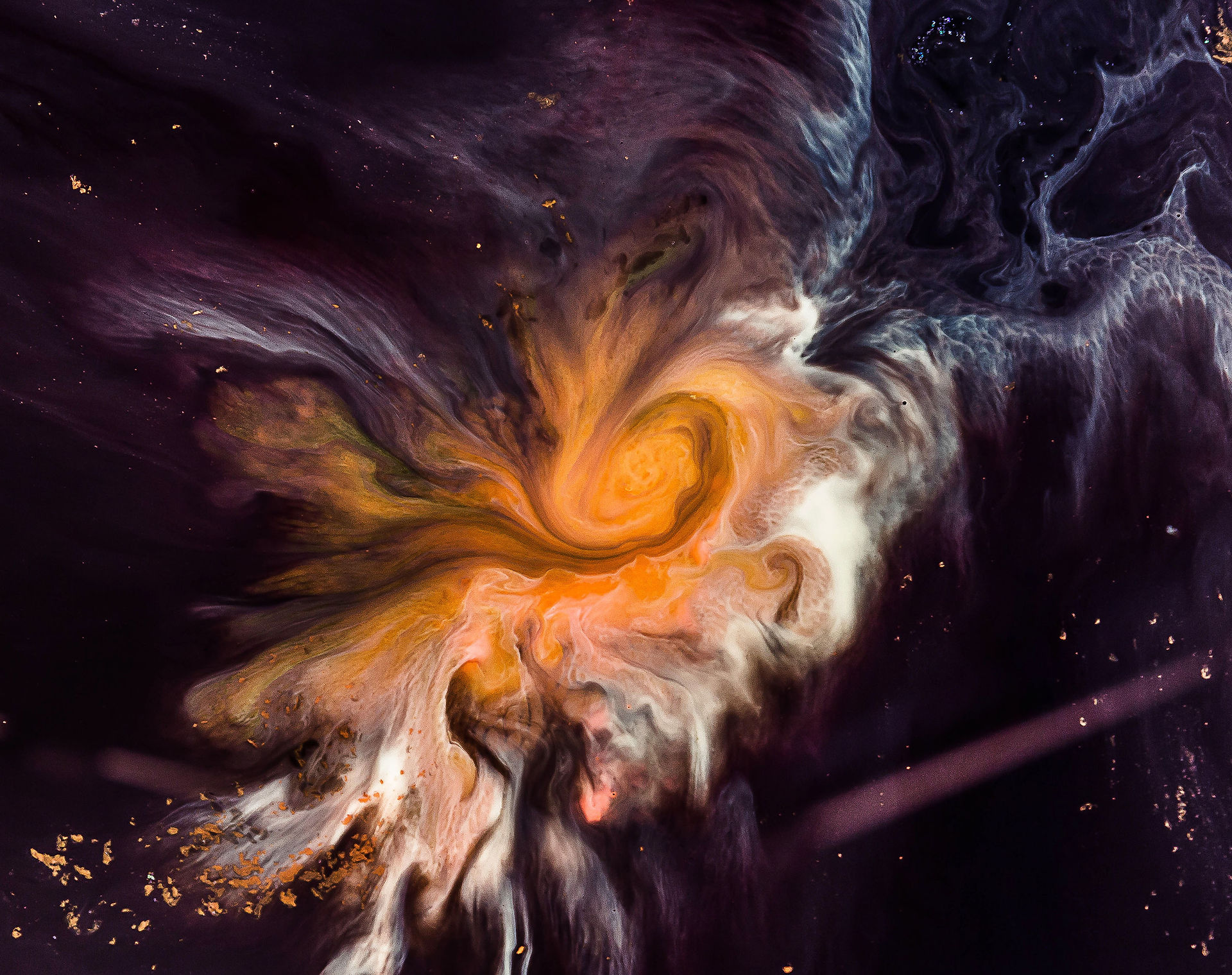
Create Your First Project
Start adding your projects to your portfolio. Click on "Manage Projects" to get started
Universal AI tools for domain adaptiton accross simulated and real astronomical datasets
Project type
AI
Date
September 2023
Location
Fermilab
Artificial intelligence has the potential to revolutionize how we handle vast astronomical datasets, speeding up our work and improving its quality. However, these AI methods can sometimes struggle because they’re so complex, resulting in features that are specific to the dataset and not very adaptable to others. This means they don’t work well across different astronomical datasets.
But fear not, we’ve got an exciting solution! Introducing DeepAstroUDA, a universal domain adaptation method designed to tackle this challenge. Think of it as a smart tool that can adapt to different datasets, no matter how different they are in terms of data distribution and class overlaps. It’s like teaching a robot to understand multiple languages – in this case, the languages of different astronomical datasets.
We put DeepAstroUDA to the test with three different galaxy morphology classification tasks, each with its own level of complexity. We used it to classify galaxies in datasets from different surveys, observing years, and depths. And guess what? It worked! For the first time ever, we’ve shown that domain adaptation can bridge the gap between wildly different astronomical datasets.
DeepAstroUDA doesn’t just bridge the gap; it builds a strong, sturdy bridge. It boosted classification accuracy in both datasets by up to 40% on unlabeled data, making sure our models perform consistently no matter where they’re applied.
But wait, there’s more! DeepAstroUDA also excels as an anomaly detection tool. It can spot those rare and unexpected cosmic phenomena, even in datasets with unknown classes.
In a nutshell, DeepAstroUDA is like a cosmic chameleon, adapting seamlessly to various astronomical surveys and datasets. It’s not just about speeding up our work; it’s about making our astronomical discoveries more accurate and consistent, no matter where in the universe we’re looking. So, the next time you gaze at the stars, remember that AI is helping us see farther and clearer than ever before!









